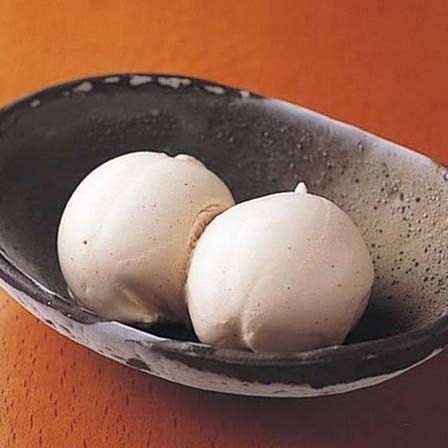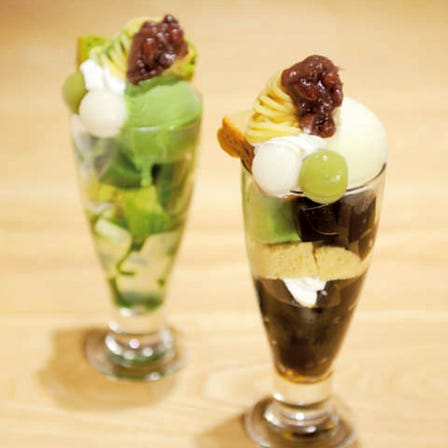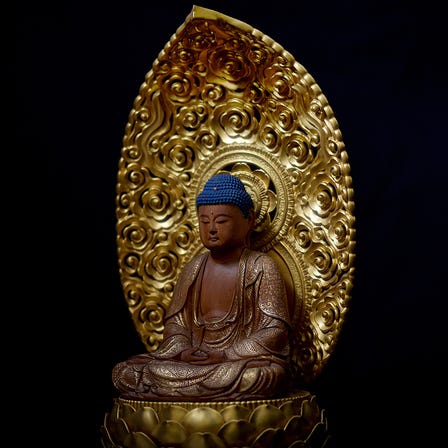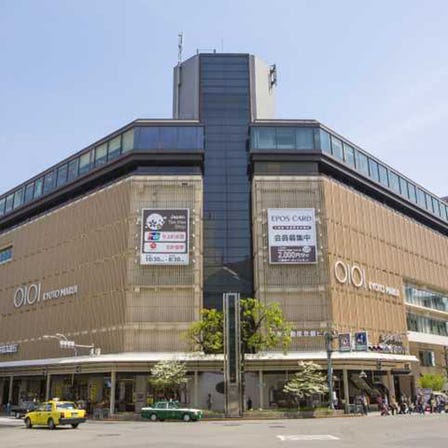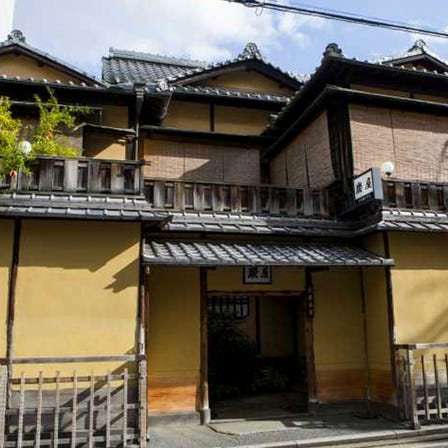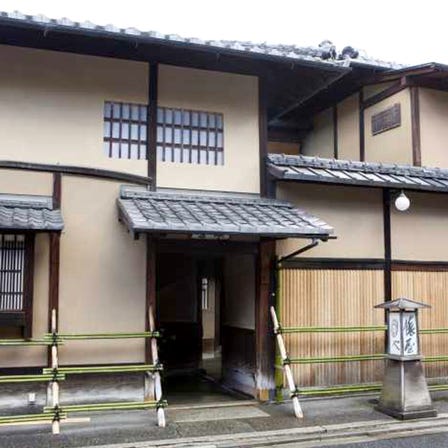-
- Multilingual Staff
- English
Description
Nijo-jo Castle was established in central Kyoto by Tokugawa Ieyasu in 1603. The third shogun Tokugawa Iemitsu carried out a major renovation in 1626 for the Emperor Go-Mizunoo's visit, leading to its current day form. In 1867, the 15th shogun Tokugawa Yoshinobu declared the restoration of imperial rule in the great hall of the castle’s Ninomaru Palace. Furthermore, in 1868, Nijo-jo Castle served as the headquarters of the Great Council of State, which is equivalent to the present-day Cabinet. The castle thus played an important role in Japanese history during the late Edo and Meiji era. From 1884 to 1939, the castle served as the imperial family’s villa. Must-see spots include Ninomaru Palace, which is adorned with wall paintings and has been designated as a National Treasure, the karamon gate, an Important Cultural Property, and Ninomaru Garden, a National Site of Scenic Beauty. The castle gained World Heritage Site status in 1994 as one of the Historic Monuments of Ancient Kyoto.
- Ninomaru Palace: A National Treasure known for its “nightingale floor” corridors and vivid wall paintings
Ninomaru Palace consists of six separate buildings. It is considered an authentic example of the shoin-zukuri architectural style, and has been designated as a National Treasure for its importance in Japanese architectural history. The palace has historical significance as well, since the restoration of imperial rule was declared in the great hall. The palace is adorned with a variety of wall paintings, engravings, and metal ornaments, giving it a gorgeous appearance. The corridors are known as “nightingale floor” corridors because they produce a sound like a bird’s chirp when someone walks down them.
- Ninomaru Garden, a National Site of Scenic Beauty
Ninomaru Garden is designed so that it can be viewed from three directions: the great hall of Ninomaru Palace, the Kuroshoin (library), and Gyoko Palace that was used for ceremonies and events. Also called Hachijin-no-Niwa, Ninomaru Garden is registered as a National Site of Scenic Beauty. It is a shoin-zukuri style garden that embodies the world of Shinsenhorai, with three islands in the central pond along with four bridges.
- Enjoy a night tour and illuminated cherry trees in the annual cherry blossom festival
Nijo-jo Castle is famous for its cherry blossom, and is also home to sample cherry trees. The castle grounds are home to a collection of approx. 300 cherry trees of 50 different kinds, including the Taiwan cherry, Yoshino cherry, mountain cherry, weeping cherry, and Japanese cherry, which can be enjoyed for over a month. Features of the annual Nijo-jo Castle Sakura Festival include illuminated cherry trees and a projection mapping show using the castle’s historic buildings.
Location Information
-
- Address
-
541 Nijojocho, Horikawa Nishiiri, Nijo-dori, Nakagyo-ku, Kyoto-shi, Kyoto, 604-8301
-
- Nearest Station
-
Nijojomae Station
・ Tozai Line
-
- Phone Number
-
075-841-0096Available languagesEnglish
-
- Hours
- 8:45am - 4:00pm
-
- Closed
- None
*Nijo-jo Castle is closed from December 29 to 31.*Ninomaru-goten Palace is closed from January 1 to 3, December 26 to 28, and on Tuesdays in January, July, August, and December.
-
- Public Site
- Official Site
-
- Multilingual Staff
- English
Recommended Spots in Area
- Visiting
- Eating
- Shopping
- Lodgings
-
 Honno-ji TempleNijo Castle, Kyoto Imperial PalaceTemples
Honno-ji TempleNijo Castle, Kyoto Imperial PalaceTemples -
 Kenninji TempleGion, Kawaramachi, Kiyomizu-dera TempleTemples
Kenninji TempleGion, Kawaramachi, Kiyomizu-dera TempleTemples -
 Hanamikoji StreetGion, Kawaramachi, Kiyomizu-dera TempleHistorical Places
Hanamikoji StreetGion, Kawaramachi, Kiyomizu-dera TempleHistorical Places -
 jinnohanaGion, Kawaramachi, Kiyomizu-dera TempleOther Traditional Culture
jinnohanaGion, Kawaramachi, Kiyomizu-dera TempleOther Traditional Culture -
 Pontocho & Kiyamachi StreetGion, Kawaramachi, Kiyomizu-dera TempleHistorical Places
Pontocho & Kiyamachi StreetGion, Kawaramachi, Kiyomizu-dera TempleHistorical Places -
 Kyoto Gyoen National GardenNijo Castle, Kyoto Imperial PalaceGardens
Kyoto Gyoen National GardenNijo Castle, Kyoto Imperial PalaceGardens
-
ShiraumeGion, Kawaramachi, Kiyomizu-dera TempleJapanese cuisine
-
GonbeiGion, Kawaramachi, Kiyomizu-dera TempleChinese Fried Rice
-
Gion Kinana HontenGion, Kawaramachi, Kiyomizu-dera TempleOther Cafes and Sweets
-
TagotoGion, Kawaramachi, Kiyomizu-dera TempleJapanese cuisine
-
KikusuiGion, Kawaramachi, Kiyomizu-dera TempleFrench Food
-
Kaden Kyoame Gion KoishiGion, Kawaramachi, Kiyomizu-dera TempleOther Cafes and Sweets
-
Yoshida Gennojo-Roho Kyoto Buddhist AltarsNijo Castle, Kyoto Imperial PalaceGift Shops
-
Japan Culture & Character Shop Guf Kyoto storeGion, Kawaramachi, Kiyomizu-dera TempleGift Shops
-
Omoriya's Omusubi Specialty Store: Norimusubi Kyoto TeramachiGion, Kawaramachi, Kiyomizu-dera TempleFood Shops
-
DECOUVERTE KYOTOGion, Kawaramachi, Kiyomizu-dera TempleClothing Stores
-
Edion KYOTO SHIJO KAWARAMACHI STOREGion, Kawaramachi, Kiyomizu-dera TempleElectronics Stores
-
Kyoto MaruiGion, Kawaramachi, Kiyomizu-dera TempleShopping Malls
-
Tabist Kiki Hotel Kyoto Sanjo TakakuraNijo Castle, Kyoto Imperial PalaceJapanese Guest Houses (Minshuku)
-
Dusit Thani KyotoKyoto Station, To-ji TempleHotels
-
Sumiya RyokanNijo Castle, Kyoto Imperial PalaceRyokan
-
Tawaraya RyokanNijo Castle, Kyoto Imperial PalaceRyokan
-
Kyoto Gion HotelGion, Kawaramachi, Kiyomizu-dera TempleEconomy Hotels
-
Comfort Hotel Kyoto Horikawa GojoKyoto Station, To-ji TempleEconomy Hotels
Related Articles
-
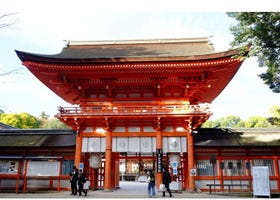 Cycling Tour of Central Kyoto: Enjoy Scenery, History & Markets in Kyoto's Rakuchu Area (Feat. Nijo Castle, Kyoto Gyoen National Garden & Shimogamo Shrine)
Cycling Tour of Central Kyoto: Enjoy Scenery, History & Markets in Kyoto's Rakuchu Area (Feat. Nijo Castle, Kyoto Gyoen National Garden & Shimogamo Shrine) -
 Fun Things to Do in Osaka & Kyoto in July 2024: Enjoy Summer with Festivals, Fireworks & More
Fun Things to Do in Osaka & Kyoto in July 2024: Enjoy Summer with Festivals, Fireworks & More -
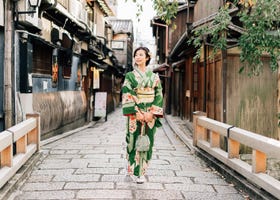 38 Best Things to Do in Kyoto: See, Eat, and Shop Your Way Through Japan's Cultural Capital
38 Best Things to Do in Kyoto: See, Eat, and Shop Your Way Through Japan's Cultural Capital





















